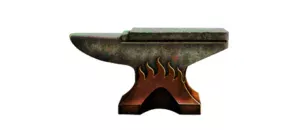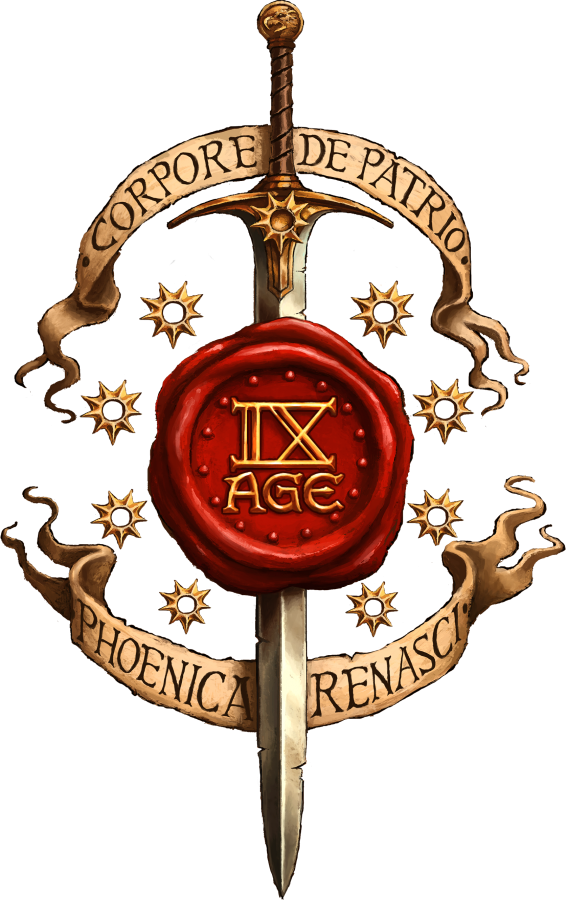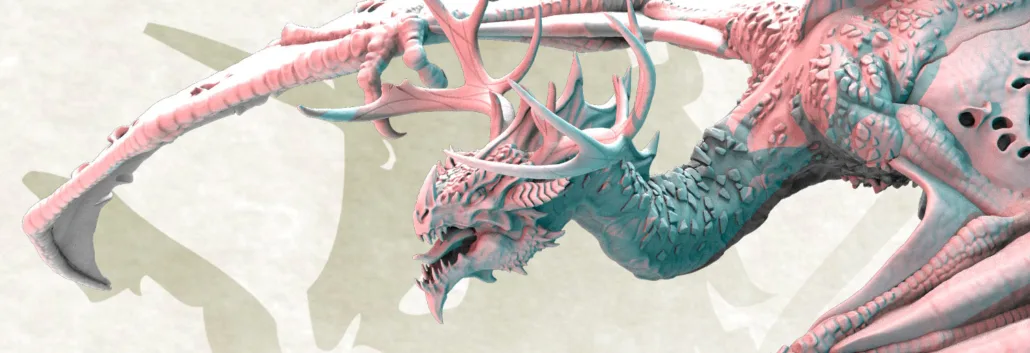
Let’s dive into the world of dragons!
Here at LastSword Miniatures, we’re obsessed with making our dragons as cool and realistic as possible, drawing inspiration from some of the giants of fantasy like “Game of Thrones” and “The Hobbit”. But before we get into the nitty-gritty, let me shed some light on the tangled web of dragons and wyverns.
Wyverns are subcategories of Dragons
First off, a quick clarification: though many people think of wyverns as distinct from dragons, in our oppinion, wyverns are a subcategory within the vast world of dragons. Take, for instance, the story of Saint George slaying the dragon. In many artistic depictions, the beast that Saint George combats more closely resembles a wyvern by our modern definition. This blurring of lines between dragons and wyverns throughout history, even in classical narratives and art, is fascinating to us. It grants us the freedom to play with our creations, staying true to tradition while pushing boundaries.
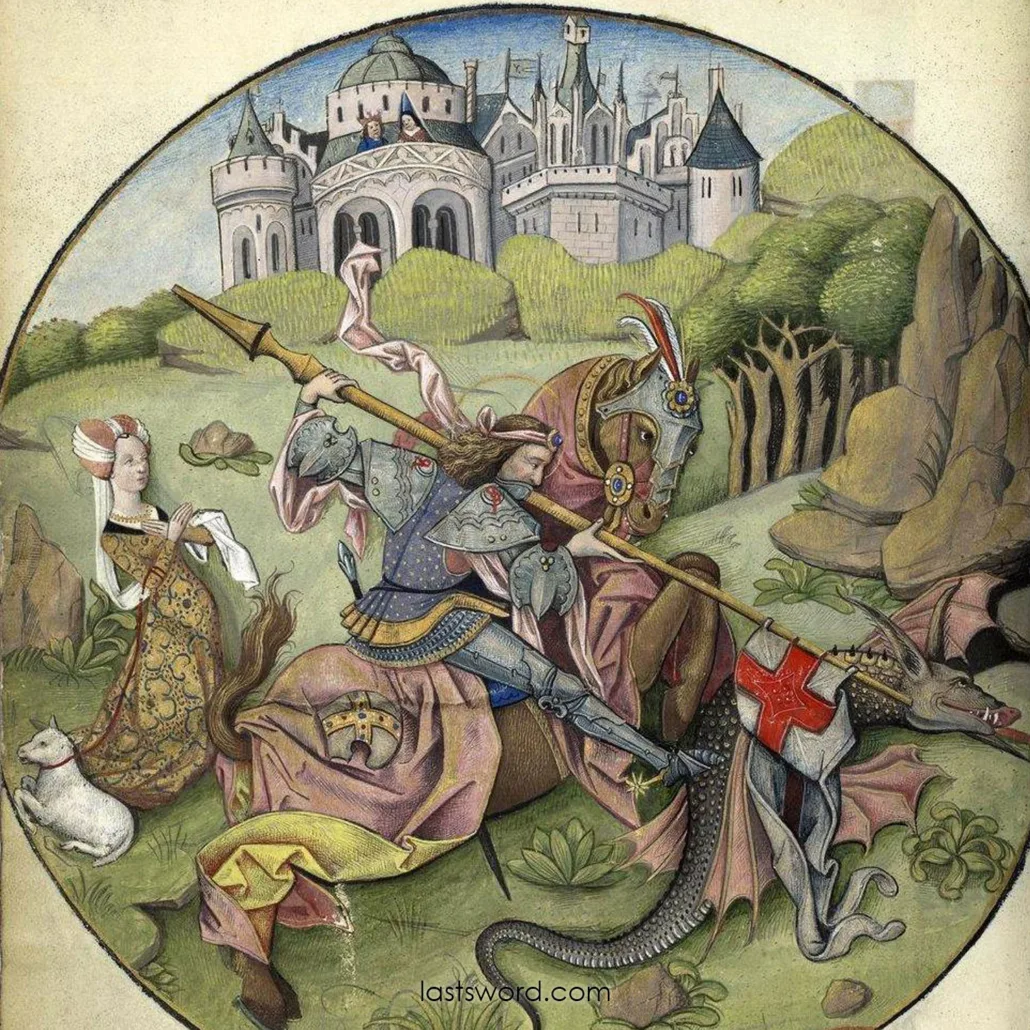
Why Four Limbs, Not Six?
The main difference between dragons and wyverns is quite technical: wyverns have two legs and wings (without separate arms), whereas “traditional” dragons feature four legs and a pair of majestic wings. You might wonder, why follow the lead of “Game of Thrones” or “The Hobbit”? Well, beyond being fans, the truth is these productions have resources we can only dream of. They’ve invested heavily in researching how these winged creatures would move and look if they truly existed, and their findings are intriguing. If they, with all their experts and budget, concluded that a four-limbed dragon design is the way to go, why not listen?
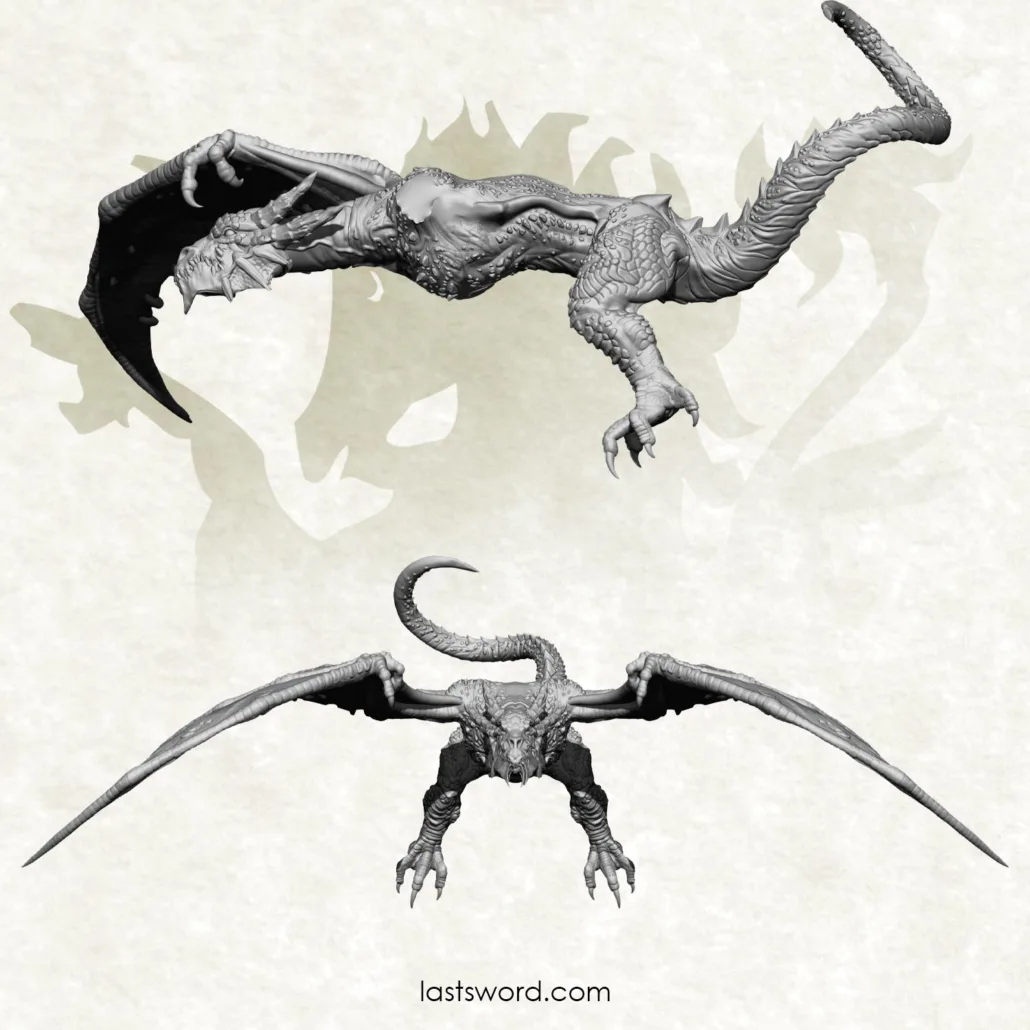
When it comes to why our dragons have four limbs instead of six, nature provides a hint. In the animal kingdom, vertebrates like us, cats, or even birds, all come with a set of four limbs. No one has six (unless you count Spider-Man, but that’s a different story). The idea of adding an extra pair of limbs (like arms in addition to wings) sounds cool, but that’s where biology intervenes with a “Hold on, how does that work?”.
Anatomy is key. Imagine having to design a clavicle to support an extra pair of limbs. Not to mention, an entirely new musculature to enable those additional limbs to move. If wings and arms emerged from close points, there wouldn’t be enough room in the torso for all that extra anatomy. Muscles require frontal and dorsal counterparts to function, and there’s simply no space for all that in a body designed with six limbs.
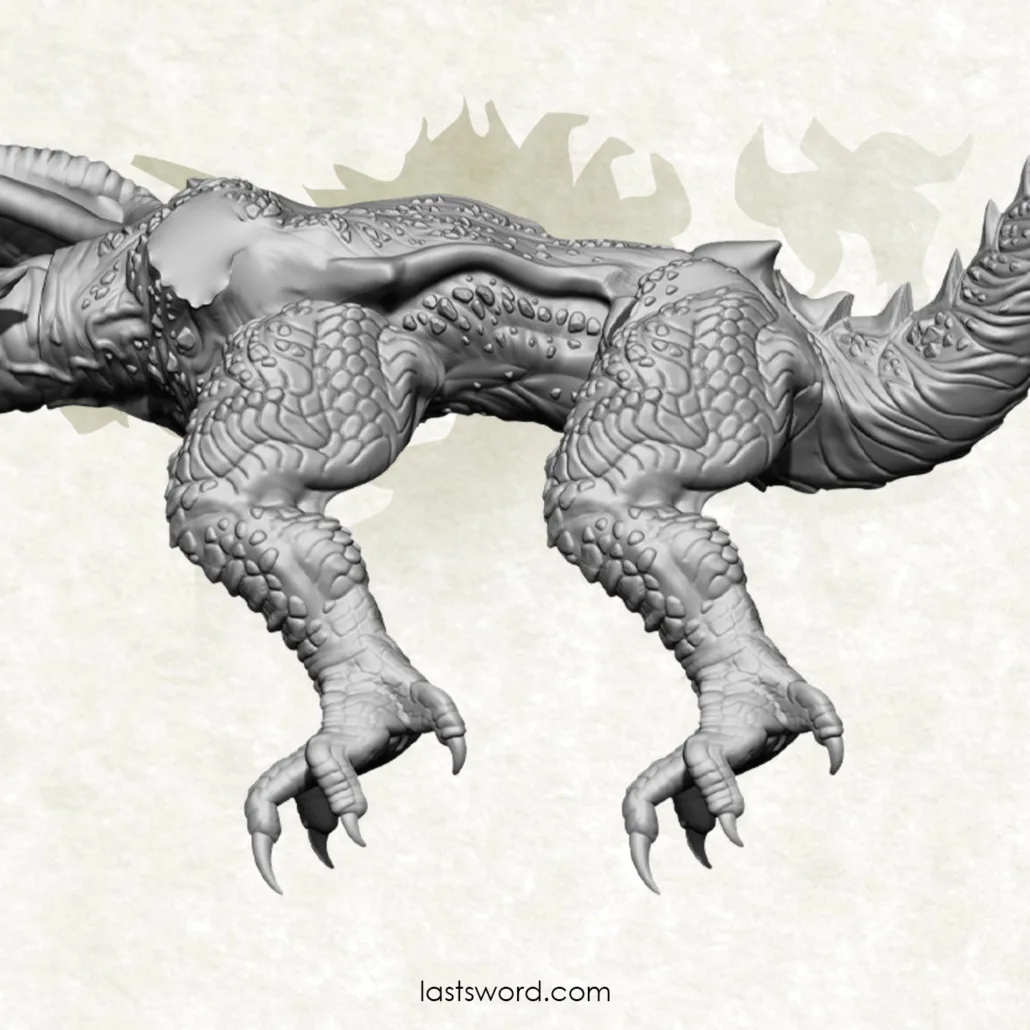
Poses and Their Supports
But that’s not all. Making these figures look amazing and stand on their own (literally) is quite the challenge. We play a lot with the idea of keeping the miniature’s center of gravity right in the middle, using between two and four points of support. This means we can have dragons in epic poses, ready for battle or about to take a nap, without the risk of them tumbling off the shelf.
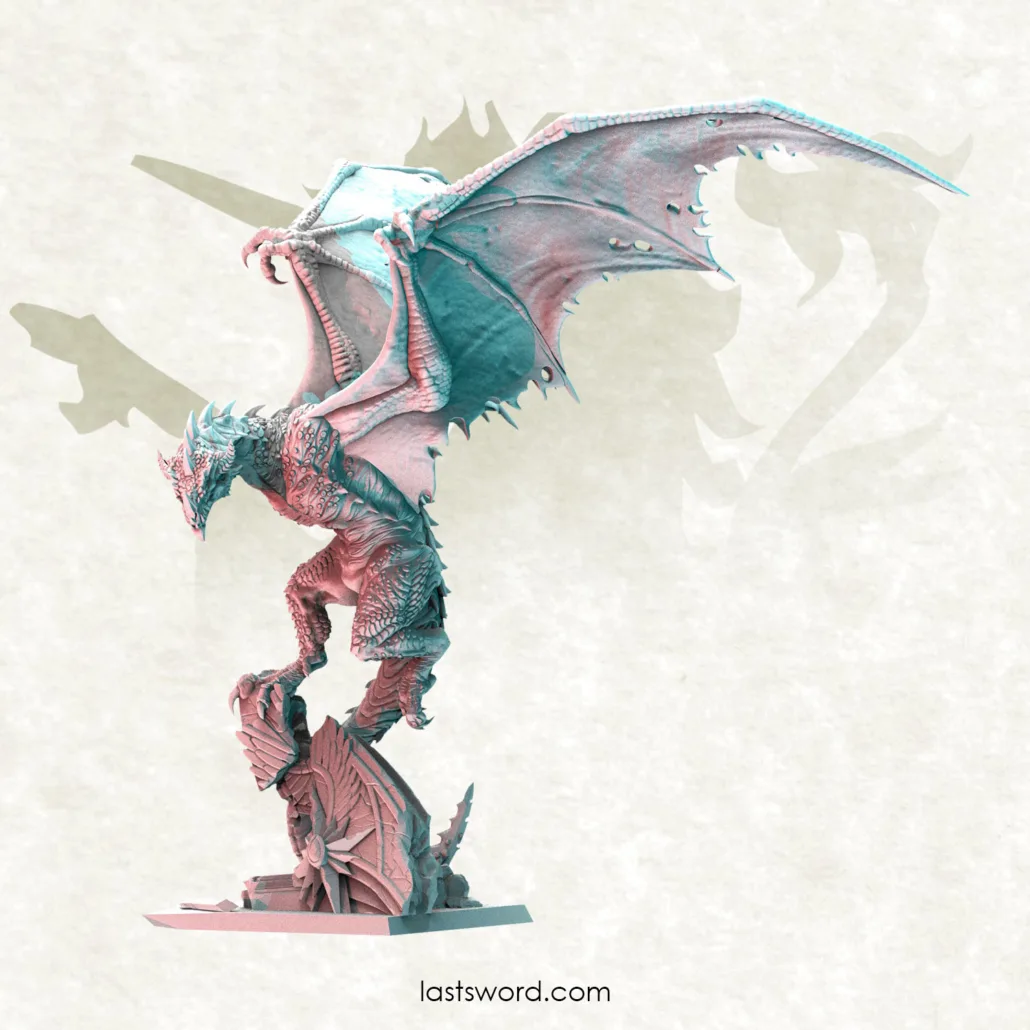
So yes, we’ve taken some creative liberties, but always with one foot firmly in reality (or at least, in realistic anatomy). The idea is to make it so that when you look at one of our dragon miniatures, you feel it could come to life at any moment (though we’d prefer it didn’t; the office is messy enough as it is).
We can have dragons in epics poses
I hope this gives you a glimpse into how and why we design our dragons the way we do. At the end of the day, it’s all about blending fantasy with a touch of reality, keeping things as interesting and realistic as possible. And of course, having fun in the process!
